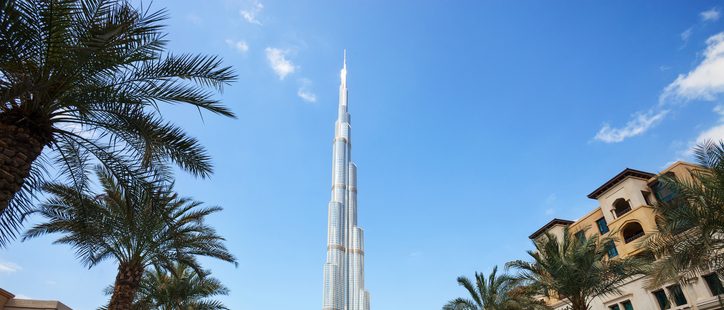Our Opinion: 2018
Change brings opportunity in the Gulf

It is always fun being in Dubai – reminding me how much can be achieved, and quickly, when a country is committed to change. Something that is possible in the Gulf, but would be challenging in many other regions.
When you think about the economies of the countries in the Persian Gulf, you almost automatically think of oil and energy. However, over the past few years the rulers of these various countries have made several attempts to diversify their economies. Many have been sceptical about whether these countries are serious about reform.
The region’s governments are finally getting serious about economic reform and diversification. This is, perhaps, best evidenced by Vision 2030, Saudi crown prince Mohammed bin Salman’s ambitious plans for the Saudi economy.
Whilst all countries have their plans for the future, Saudi Arabia’s plans to diversify their economy by creating several new cities could be a game changer. The most striking of these projects is Neom, a $500bn city 16 times the size of Greater London, where Saudi Arabian social laws would not apply.
Saudi leaders have made similar noises about diversification in the past, only for them to remain unfulfilled, and not all of the planned cities and projects will necessarily be completed.
A fall in the oil price back to the levels it was only two years ago (when it was below $40/barrel) could make Riyadh’s plans impossible to carry out. However, that seems unlikely as OPEC and Russia seem to have worked out an arrangement to keep prices at the higher end of the $60-80 range.
The pace of change in the region is much faster than anywhere else. While, in the UK, not a single mile of track has been laid on the flagship High Speed 2 rail project nearly a decade after it was announced, Qatar has nearly finished a metro system roughly half the size of the London Underground after only four years of work. It has also reduced energy contribution from 90% of its economy two decades ago to less than half.
Outside China, there is nowhere on earth where such large sums of money are being spent on infrastructure in such a short space of time. Demographics are also favourable: countries in the region have a young and highly educated population. There has been a shift in attitudes to employment, with the younger generation more eager to work in the private sector, or even set up their own business.
This in turn should make it easier for the Gulf states to reduce the unsustainable level of public spending, freeing up more funds for infrastructure, and providing a cushion should oil prices fall.
While the combination of strong growth and reasonable valuations mean that the entire market should do well, there are three sectors that should particularly benefit: banking, petrochemicals and healthcare. The banking sector has shored up its capital position since the crash of 2008-09 and is now growing at a strong rate.
The petrochemical industry has been one of the few industrial success stories, benefiting from ready access to cheap energy. And demand for healthcare is set to increase markedly, as people in the region now demand the best treatments and can afford to pay for them.
Of course, there are both external and internal political risks associated with investing in the Gulf. While relations between Saudi Arabia and Qatar are at an all time low, international pressure last year prevented the dispute escalating into an open conflict, and the economic impact on both countries has been kept to a minimum.
Investment in the region is looking attractive.
19th September 2018
